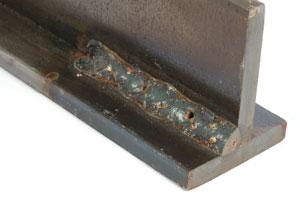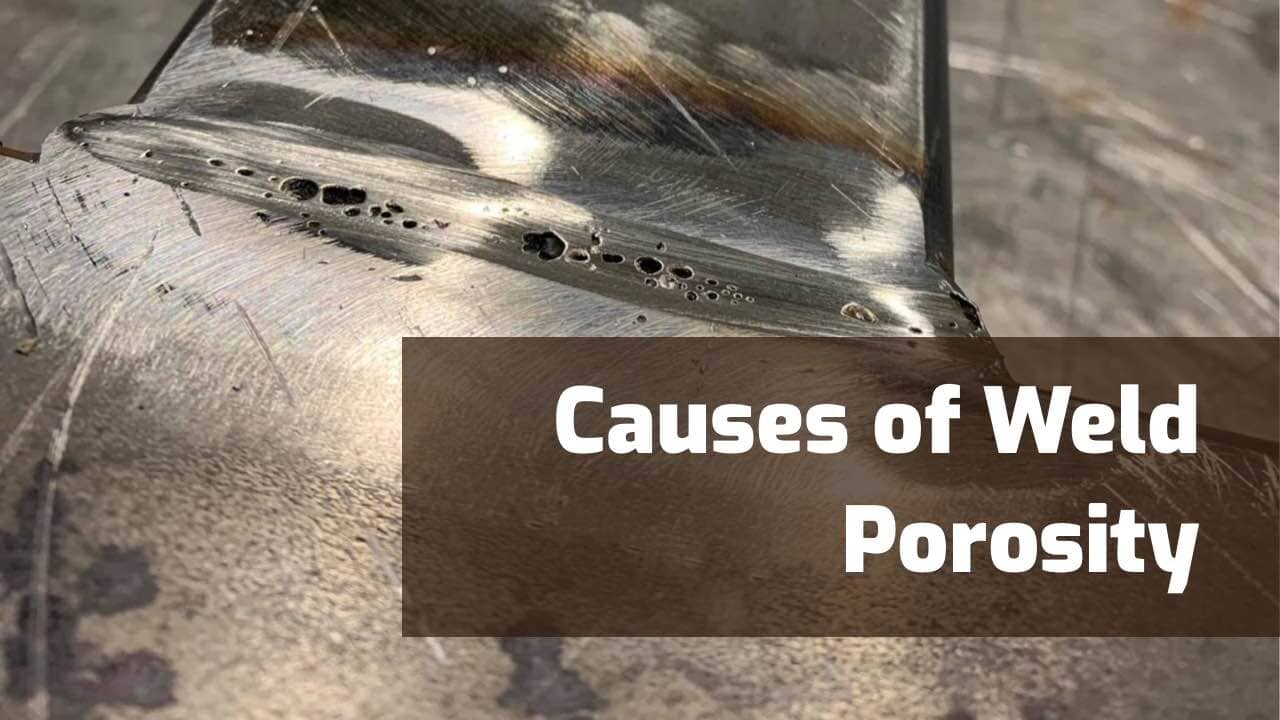Just how to Determine What is Porosity in Welding and Improve Your Strategy
Just how to Determine What is Porosity in Welding and Improve Your Strategy
Blog Article
Porosity in Welding: Identifying Common Issues and Implementing Best Practices for Avoidance
Porosity in welding is a prevalent concern that commonly goes unnoticed until it causes significant problems with the honesty of welds. This typical problem can compromise the strength and durability of bonded structures, presenting security risks and bring about pricey rework. By comprehending the origin of porosity and carrying out efficient avoidance methods, welders can substantially improve the top quality and dependability of their welds. In this discussion, we will certainly explore the key aspects adding to porosity development, examine its detrimental impacts on weld performance, and review the very best techniques that can be taken on to lessen porosity incident in welding processes.
Common Root Causes Of Porosity

Making use of unclean or wet filler materials can introduce impurities right into the weld, contributing to porosity issues. To reduce these typical causes of porosity, complete cleaning of base metals, correct shielding gas choice, and adherence to optimum welding parameters are crucial practices in accomplishing high-grade, porosity-free welds.
Impact of Porosity on Weld High Quality

The visibility of porosity in welding can substantially compromise the structural honesty and mechanical residential or commercial properties of bonded joints. Porosity develops voids within the weld metal, deteriorating its overall toughness and load-bearing capability.
Among the main effects of porosity is a decline in the weld's ductility and strength. Welds with high porosity levels have a tendency to show reduced impact toughness and decreased capacity to warp plastically prior to fracturing. This can be particularly worrying in applications where the welded elements are subjected to dynamic or cyclic loading problems. Porosity can impede the weld's capability to properly transmit forces, leading to early weld failing and potential security threats in crucial structures. What is Porosity.
Ideal Practices for Porosity Avoidance
To boost the architectural honesty and top quality of bonded joints, what details procedures can be executed to minimize the incident of porosity during the welding process? Using the appropriate welding method for the details product being bonded, such as adjusting the welding angle and gun setting, can further stop porosity. Regular evaluation of welds and prompt removal of any kind of concerns recognized during the welding process are essential methods to prevent porosity and generate top notch welds.
Value of Correct Welding Methods
Carrying out proper welding strategies is vital in guaranteeing the structural stability and high quality of welded joints, building upon the foundation of effective porosity avoidance steps. Too much warm can lead to boosted porosity due to the entrapment of gases in the weld swimming pool. Furthermore, utilizing the suitable welding parameters, such as More Info voltage, current, and take a trip rate, is vital for accomplishing sound welds with minimal porosity.
Furthermore, the selection of welding procedure, whether it be MIG, TIG, or stick welding, must line up with the specific requirements of the task to make sure ideal results. Correct cleansing and preparation of the base metal, along with choosing the best filler material, are additionally crucial parts of efficient welding methods. By adhering to these ideal methods, article source welders can minimize the threat of porosity formation and produce high-grade, structurally sound welds.

Checking and Quality Assurance Measures
Quality assurance procedures play a vital function in verifying the honesty and dependability of welded joints. Examining treatments are vital to detect and avoid porosity in welding, making certain the stamina and resilience of the end product. Non-destructive testing methods such as ultrasonic testing, radiographic testing, and visual inspection are typically employed to identify potential problems like porosity. These techniques enable the assessment of weld quality without compromising the integrity of the joint. What is Porosity.
Performing pre-weld and post-weld assessments is also essential in keeping quality assurance criteria. Pre-weld assessments involve validating the materials, tools settings, and sanitation of the work location to stop contamination. Post-weld inspections, on the various other hand, assess the last weld for any flaws, including porosity, and verify that it meets defined standards. Carrying out a comprehensive quality assurance plan that includes detailed testing treatments and inspections is extremely important to reducing porosity problems and ensuring the general top quality of welded joints.
Verdict
To look at this now conclude, porosity in welding can be a typical problem that influences the top quality of welds. By identifying the common causes of porosity and carrying out ideal techniques for avoidance, such as proper welding techniques and testing steps, welders can make sure excellent quality and trusted welds. It is important to prioritize prevention methods to reduce the occurrence of porosity and maintain the integrity of welded structures.
Report this page